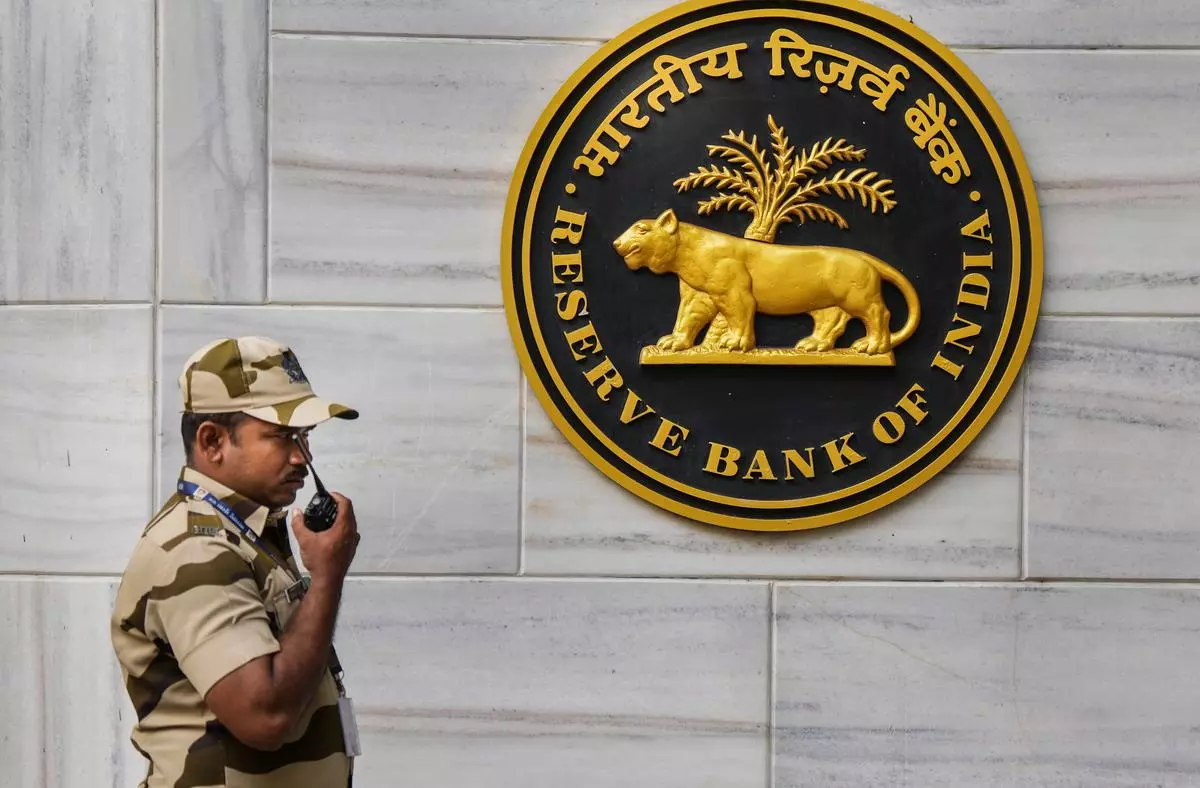- On September 8, 2023, the Reserve Bank of India (RBI) announced that the Incremental Cash Reserve Ratio (I-CRR) would be phased out.
- This action was taken in an effort to eliminate excess liquidity brought on by events like the return of Rs 2,000 notes to the banking system.

RBI’s Choice
- After reviewing the situation, RBI made the decision to end I-CRR gradually.
- The goal of the central bank’s gradual release of the impounded funds is to prevent abrupt shocks to the system’s liquidity and maintain the smooth operation of the money market.
How to Interpret the Cash Reserve Ratio (CRR)
- Before exploring Incremental Cash Reserve Ratio (ICRR), CRR is a crucial idea.
- Banks are required to keep a particular percentage of their deposits and liabilities with the RBI in liquid cash.
- CRR is an essential weapon in the RBI’s toolbox for controlling the flow of liquidity throughout the economy and serves as a safety net when the banking system is under pressure.
- Banks must currently maintain 4.5% of their Net Demand and Time Liabilities with the RBI as CRR.
I-CRR
- On August 10, 2023, the RBI implemented I-CRR as a temporary tool to absorb excess liquidity.
- On the growth in their Net Demand and Time Liabilities (NDTL) between May 19, 2023, and July 28, 2023, banks were required to maintain an I-CRR of 10%.
- From the beginning of the next week on August 12, 2023, it became effective.
- In addition to the normal CRR, the RBI is authorised to apply an extra metric known as the Incremental Cash Reserve Ratio (ICRR).
- When the financial system is experiencing an excess of liquidity, ICRR is used.
- In essence, ICRR requires banks to deposit even more liquid cash with the RBI than is necessary for compliance with CRR.
- This helps to monitor and regulate liquidity in the banking sector on a more comprehensive level.
Motive for I-CRR
- Due to events including the reintroduction of Rs 2,000 banknotes, the RBI’s transfer of surplus funds to the government, a rise in government spending, and capital inflows, there was an excess of liquidity.
- In July, the RBI’s daily liquidity absorption totaled Rs 1.8 lakh crore.
- Maintaining pricing and financial stability required managing excess liquidity.
Impact on Liquidity Conditions
- It was anticipated that I-CRR would remove excess liquidity from the banking sector worth more than Rs 1 lakh crore.
- On August 21, it temporarily changed the liquidity of the banking system from surplus to deficit.
- The lack of liquidity was a result of several factors, including GST outflows and dollar sales by central banks.
- However, starting on August 24, the liquidity situation returned to excess.
- The RBI removed Rs 76,047 crore of extra liquidity from the system on September 8.
Source: https://www.thehindu.com/business/Economy/rbi-decides-to-discontinue-i-crr-in-a-phased-manner/article67284514.ece#:~:text=While%2025%25%20of%20the%20I,released%20on%20October%207%2C%202023&text=The%20Reserve%20Bank%20of%20India,CRR)%20in%20a%20phased%20manner.
